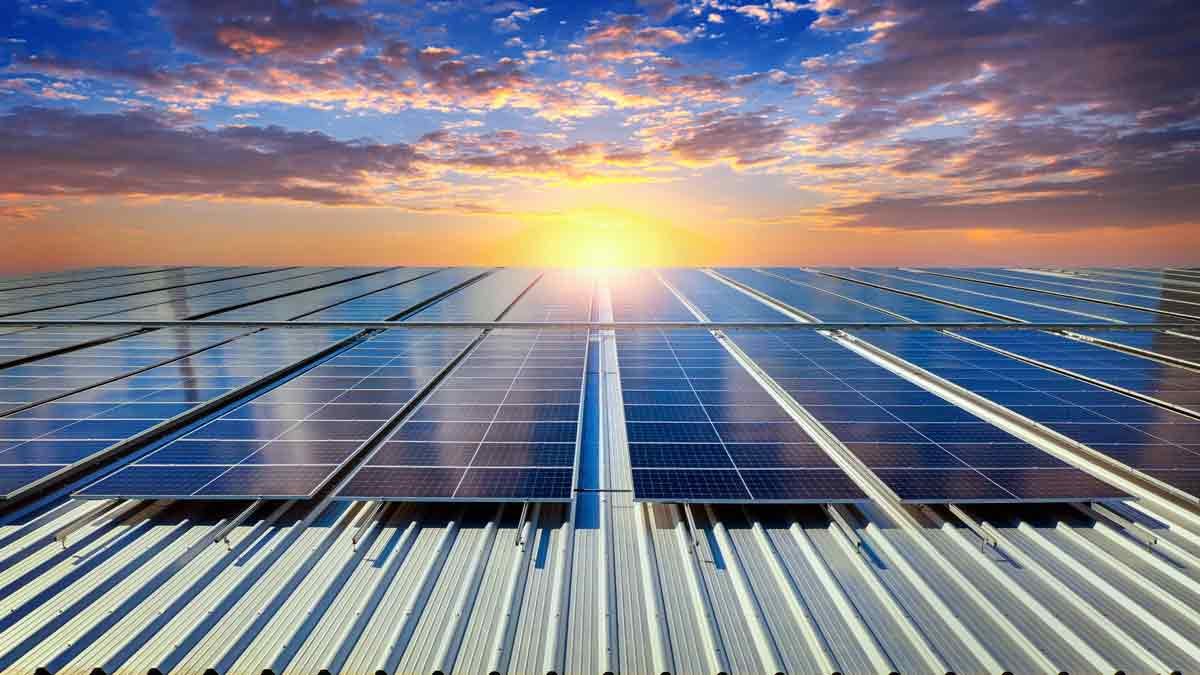What are the different types of solar panels?

Today, there are three different kinds of solar panels: monocrystalline, polycrystalline (also called multi-crystalline), and thin-film. They each differ in appearance, quality, cost, construction technique, and potential application depending on which installation type you’re considering; one could be more appropriate than the other depending on which PV installation solution is needed for your particular photovoltaic (PV) installation project.
We’ll go into greater depth on every type of panel, including cost considerations as well as appearances like cost, material appearance efficiency, and material materials, in order to help you decide which option fits with your PV installation requirements. We will also break down each type in terms of cost considerations in order to assist in choosing an appropriate option. In this article, we’ll help guide our readers in selecting an appropriate one for their unique requirements when considering photovoltaic (PV)
What type of solar panel do you prefer?
A suitable solar panel depends on your personal property and preferences. Efficiency ratings might be key, while for others, cost-effectiveness might take precedence. Here are a few key tips by Umangot Solar- Solar company in Lucknow:
Crystalline solar panels have the highest efficiency among all available options.
Monocrystalline panels can achieve up to 15% efficiency, making them one of the most cost-effective choices available. And polycrystalline panels could reach between 15–17 % efficiency;
Thin film solar panels are ideal for roofs with unusual designs and also tend to be the most durable option. Each solar panel comes with different costs associated with it.
Manufacturing methods vary for monocrystalline, polycrystalline, and thin-film panels — meaning each has different costs associated with production.
Monocrystalline solar panels are the most expensive option.
Monocrystalline solar panels may cost more than other designs due to the manufacturing process, which requires manufacturers to cover the costs associated with creating monocrystalline crystals made out of one silicon crystal crystalline material, known as the Czochralski process and using up much energy as well as producing loss silicon (that could otherwise be used to produce multi-crystalline solar cells).
Polycrystalline solar panels offer an affordable mid-range option.
Polycrystalline solar panels tend to be less costly compared to monocrystalline panels due to their fabrication using silicon fragments rather than one pure crystal, which makes production simpler and, therefore, costs less for both manufacturer and user.
Solar panels made with thin film depend on the type of solar panel!
The price for thin film solar cells will depend primarily on what kind of panel you fabricate from thin film material. CdTe solar panels tend to be the least costly solution; CIGS panels tend to cost more than CdTe or Amorphous Silicon alternatives.
Thin-film solar panel installations could prove more cost-effective due to reduced labor requirements compared to their polycrystalline or monocrystalline counterparts, regardless of the initial costs of each panel. Thin-film panels tend to be less labor-intensive as they weigh less and are more flexible, making installation simpler for installers who can lift panels to rooftops more easily before fixing them there for an affordable solar solution installation. This translates into lower labor costs, which in turn contribute to more affordable solar installations overall.
For more information contact Umangot Solar- Solar company in Lucknow that can guide and inform your decision when installing solar systems in Lucknow.


Comments
Post a Comment